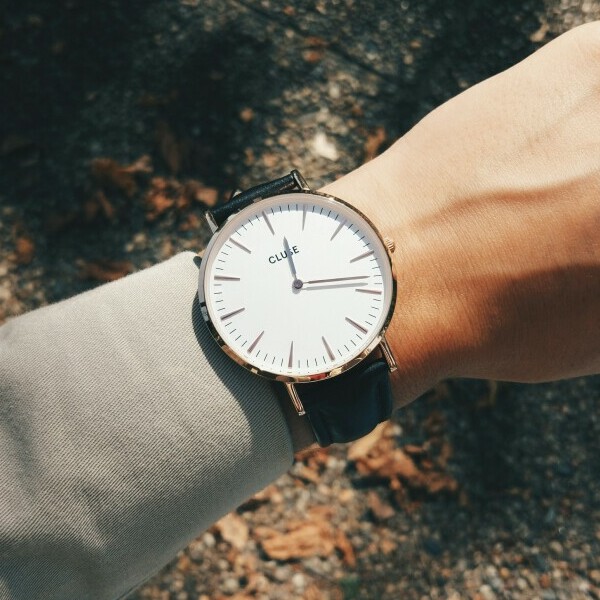
I’m going to start things off by breaking down exactly what meditation is and the various forms it can take. Meditation isn’t just about sitting in silence; it’s a toolbox of techniques that can include focused attention, mindfulness, and movement-based practices like yoga or tai chi.
You’re going to find out about the science behind meditation and the remarkable ways it can rewire your brain. Researchers have explored how meditation impacts neural pathways and contributes to improved concentration, emotional well-being, and stress reduction.
Meditation changes your brain for the better! It improves connections between brain areas, making you more focused and sharp. It also calms the part of your brain that handles emotions, helping you stay cool under pressure. Plus, it boosts your decision-making skills by activating the thinking part of your brain. So, meditating regularly can really boost your mental well-being!
Choosing the right type of meditation comes down to what you’re looking to achieve. Whether it’s managing anxiety, boosting creativity, or simply finding a moment of peace, there’s a meditative practice tailored to your needs.
This isn’t just about finding inner balance; it’s also about tackling the myths that might be holding you back. Some people believe they can’t meditate because their mind is too busy or they don’t have the time. I’m here to help you navigate past those hurdles.
In my opinion, one of the best ways to understand the impact of meditation is through the stories of those who practice it. You’ll hear from individuals who have found clarity and tranquility in their daily lives just by setting aside a few minutes for meditation.
Practical Steps to Integrate Meditation into Your Everyday Life
Incorporating meditation into your daily routine doesn’t have to be daunting; it’s about making small, manageable adjustments. I’m going to walk you through some effective strategies to help make meditation a seamless part of your life.
First things first, create a space that invites calm. This can be a corner of a room with a comfortable chair or cushion, some plants, or anything that helps set a tranquil mood. You’re going to find out that ambiance plays a key role in effective meditation.
Let’s not overlook the power of ‘micro-meditations’. These are short, focused moments of meditation scattered throughout your day. Waiting for your coffee to brew? Spend those minutes practicing mindfulness.
Consistency is king when it comes to forming any new habit. Choose a specific time for your meditation practice and stick with it. This isn’t just about finding time; it’s also about making a commitment to your mental health.
Don’t worry too much about doing it all on your own. Today, there are countless apps and online resources chock-full of guided meditations tailored for different needs and durations.
Finally, remember to track your progress. Reflect on how you feel physically and mentally. Meditation is a journey, and noticing even subtle shifts in your stress levels or concentration can be incredibly motivating.
I really hope that by implementing these steps, meditation becomes not just a task on your to-do list, but a valuable and cherished part of your daily life.
